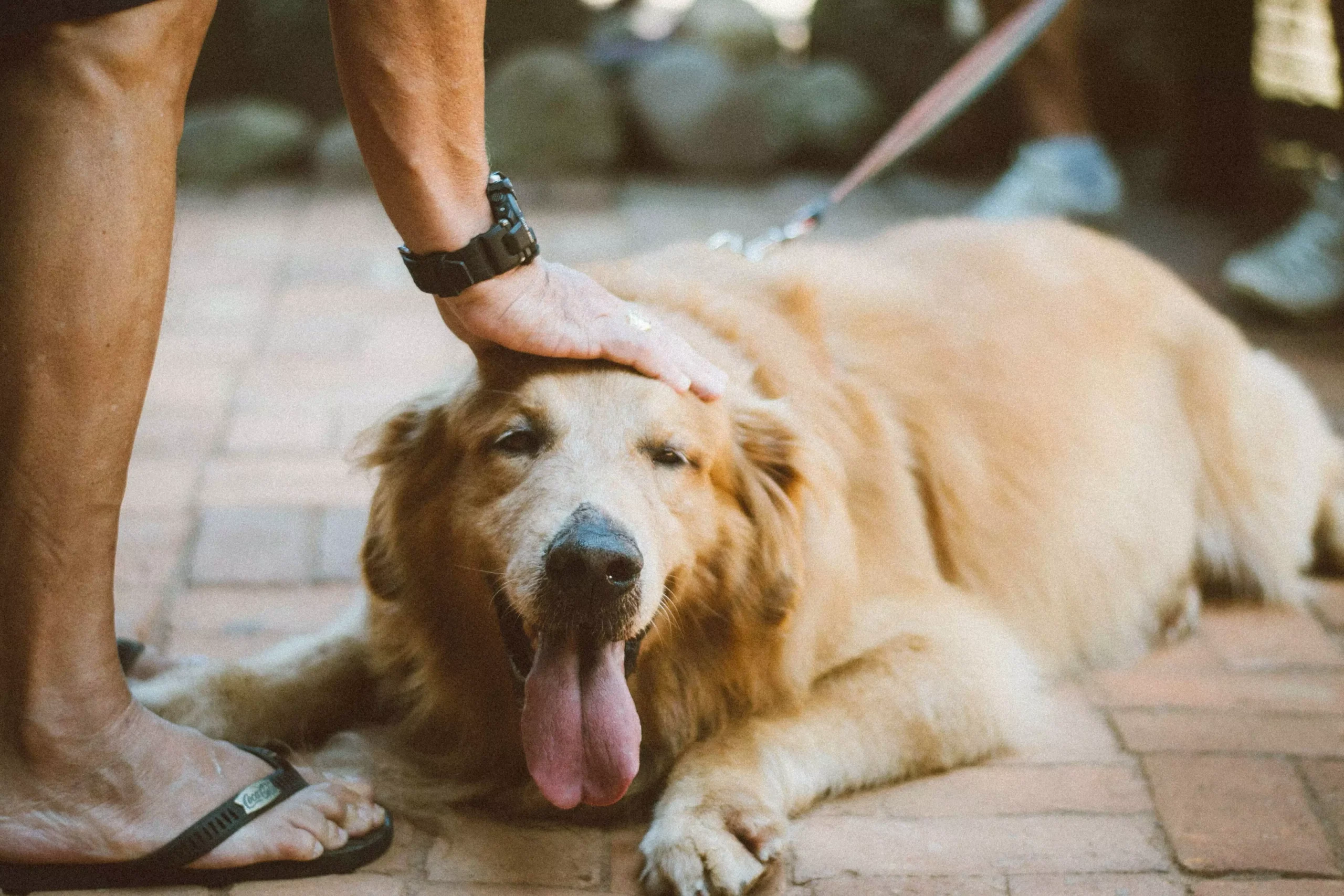Canine behavior is a key factor in successful dog training. As a responsible dog owner, it is important to understand why dogs behave the way they do in order to effectively train them. This article will explore the intricacies of canine behavior and provide valuable tips for successful training.
Canine behavior is important to understand because it gives insight into a dog’s motivations, needs, and instincts. By understanding their behavior, we can better address their needs and train them in a way that is effective and humane. Understanding canine behavior also helps us to identify any potential behavior issues and address them appropriately.
Understanding behavior also impacts training outcomes. When we understand why dogs behave the way they do, we can tailor our training methods to suit their individual needs. This increases the chances of success and creates a positive and rewarding training experience for both the dog and the owner.
Instinctual behaviors are an important aspect of canine behavior. Dogs have inherited behaviors that are deeply ingrained in their genetics. These behaviors include things like chasing, digging, and herding. By understanding these instinctual behaviors, we can modify them and redirect them in a way that is more appropriate for our domesticated dogs.
Socialization and pack mentality are also important aspects of canine behavior. Dogs are social animals that have a natural instinct to form social bonds and live in groups or packs. Understanding a dog’s socialization needs and how pack mentality affects their behavior can help us create a training environment that promotes positive social interactions and prevents behavior issues.
Body language is another crucial aspect of canine behavior. Dogs communicate primarily through body language, and understanding their signals can help us better communicate with them and address any potential issues. By learning to read a dog’s body language, we can better understand their emotions, needs, and intentions, which in turn improves our ability to train them effectively.
Here are some tips for successful training based on understanding canine behavior:
1. Positive reinforcement: Positive reinforcement is a powerful training technique that involves rewarding desired behaviors. By using rewards such as treats, praise, or play, we can reinforce behaviors that we want to see more of. Positive reinforcement creates a positive association with training and motivates dogs to repeat the desired behavior.
2. Consistency and routine: Consistency is key in training. Dogs thrive on routine and predictability, so it is important to establish a consistent training routine. This helps dogs understand what is expected of them and promotes faster and more reliable learning.
3. Patience and persistence: Training takes time and patience. Dogs learn at their own pace, and it is important to be patient and persistent throughout the training process. Consistency and repetition are key, and it may take several weeks or even months to achieve desired results.
4. Mental and physical stimulation: Dogs need both mental and physical exercise to stay happy and well-behaved. Providing adequate stimulation through activities such as puzzle toys, obedience training, and daily walks or play sessions helps prevent boredom and unwanted behaviors.
In conclusion, understanding canine behavior is crucial for successful dog training. By understanding instincts, socialization needs, and body language, owners can tailor their training methods to achieve desired results. Using positive reinforcement, maintaining consistency, and providing mental and physical stimulation are all important aspects of successful training. With patience, persistence, and knowledge, owners can build a strong bond with their dogs and enjoy a harmonious relationship.









